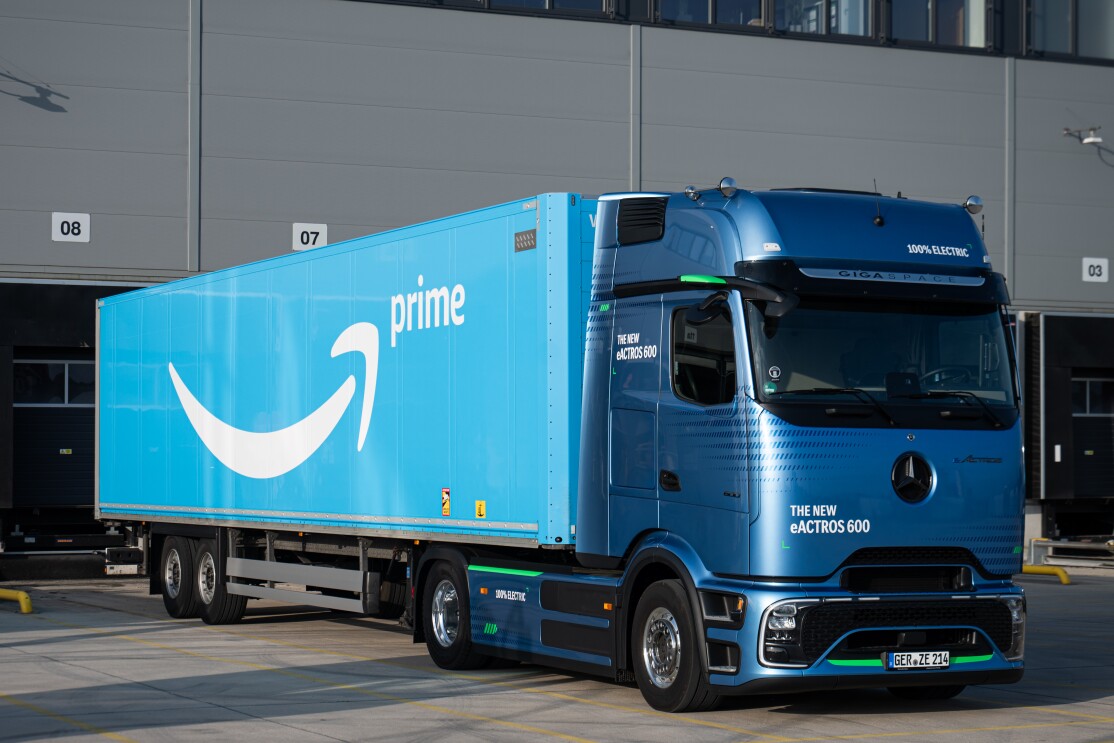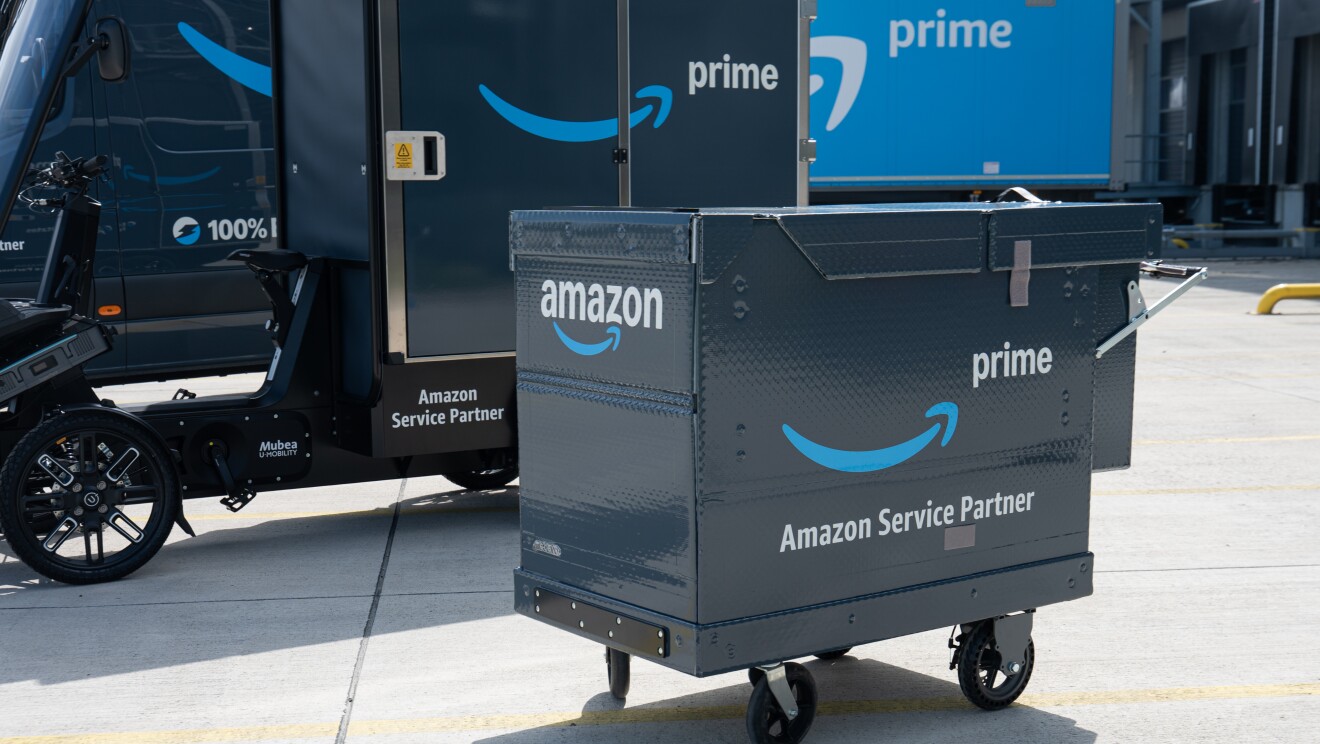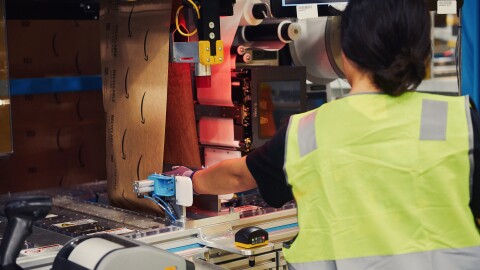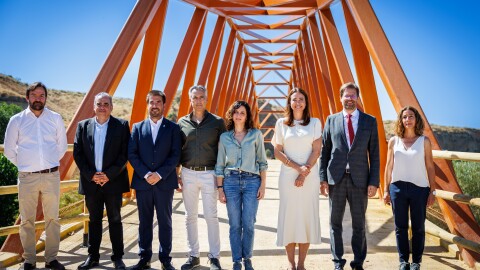Amazon has committed €1 billion to decarbonise and electrify its transportation network in Europe, and we showcased the vehicles helping progress towards that goal at our Innovation Centre in Dortmund, Germany, as part of the Delivering the Future event on May 7.
The lineup includes a range of zero-exhaust emission vehicles, from 40 tonne electric heavy trucks to manual pushcarts. Decarbonising our transportation network - and getting packages to customers more sustainably - supports Amazon's goal to reach net-zero carbon across our operations by 2040.
Decarbonising the ‘middle mile’

Amazon recently placed our largest-ever single order of electric heavy trucks, with more than 200 new eActros600 vehicles from Mercedes-Benz Trucks to join our middle-mile transportation network from later in 2025. The electric trucks will be deployed across high-mileage routes in the UK and Germany, transporting trailers to and from Amazon’s fulfilment centres, sort centres and delivery stations. Amazon will install 360kW electric charging points at key sites, capable of charging the batteries of the 40-tonne trucks from 20 to 80 percent in just over an hour. The zero-exhaust-emission vehicles are expected to transport more than 350 million packages each year once fully operational.
Last-mile electric delivery expands
To date, more than 3,500 electric delivery vans are deployed in our transportation network across Europe. To aid deliveries in dense urban environments, Amazon has established more than 60 micro-mobility hubs in over 45 European cities, which enable millions of zero emission deliveries on foot or using electric cargo bikes. Recent additions include Belfast, Madrid, Florence, Rome and Vienna, joining micro-mobility hubs in London, Paris, Milan, and Munich.
Beyond roads: rail, and sea and trams
Amazon doesn’t stop at road transport, and we are exploring every avenue to reduce transportation emissions. By moving products by sea or rail, instead of via road by trucks, we aim to significantly reduce our carbon footprint. On average, taking a rail or sea route helps us reduce carbon emissions by almost 50%, and is often more efficient when transporting goods within Europe. We now rely on more than 500 rail and sea routes within the continent.
A recent example includes the launch of rail deliveries at scale in the UK, using the fully electric West Coast Main Line between Scotland and the Midlands. More than 20 million products sold on Amazon are expected to travel on the UK’s electric rail network this year. And in Germany, we partnered in an innovative trial that used electric vans, trams, and electric cargo bikes to offer a zero-emission delivery journey for customers in Frankfurt.
Measurable progress toward sustainability goals
These initiatives are delivering measurable results. In 2024, Amazon and our delivery partners delivered more than 200 million packages across Europe using electric and manual vehicles, including electric vans, e-cargo bikes, e-mopeds, and pushcarts.
As Amazon continues to innovate in sustainable transportation across the world, we’re demonstrating that meeting customer expectations and sustainability goals can go hand in hand - delivering packages efficiently while working to avoid carbon emissions across the European continent.















